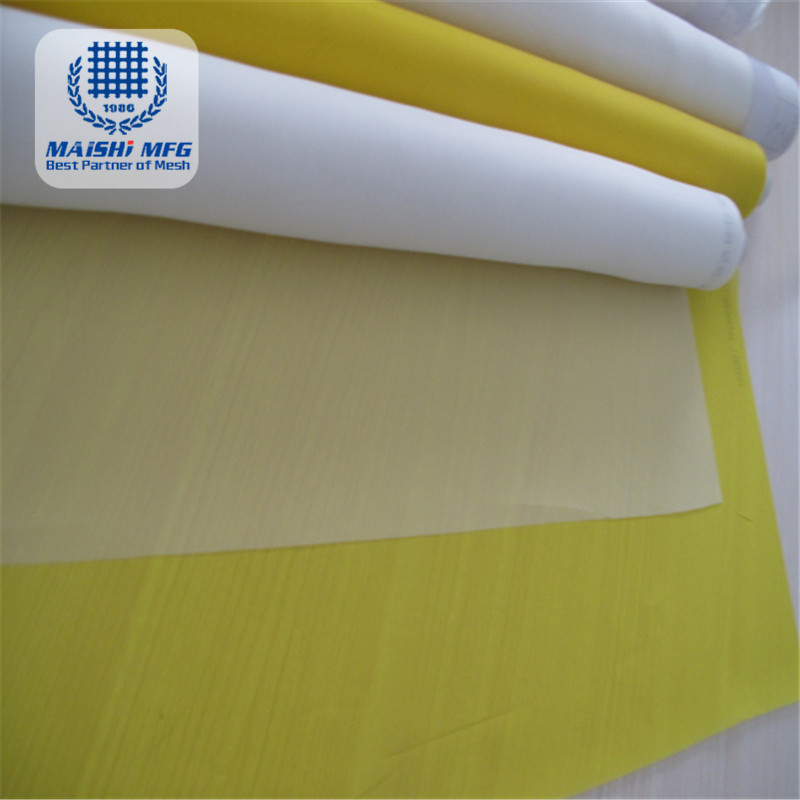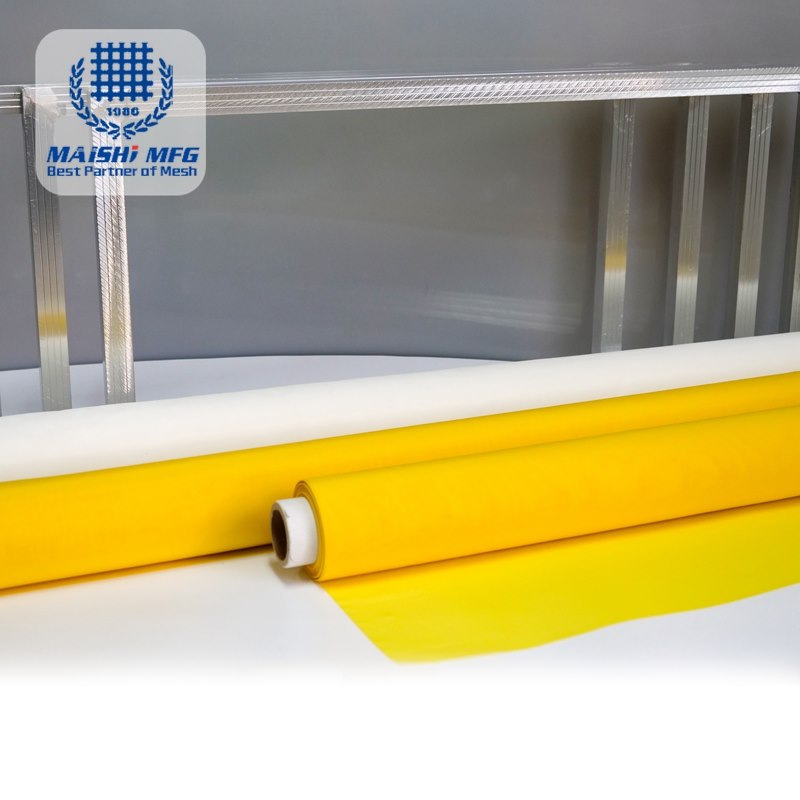 Screen printing is to use a very dense mesh cloth to push the color from the very fine mesh to the substrate by pressing. Screen printing inks are a very important factor.
Screen printing is to use a very dense mesh cloth to push the color from the very fine mesh to the substrate by pressing. Screen printing inks are a very important factor.
The method of screen printing ink deployment is simple. For example, light-resistant pigments can be directly placed in the ink for deployment. This is another major feature of screen printing. Screen printing products have the great advantage of strong light resistance. Practice has shown that the comparison is based on the range of maximum density values measured after a single imprint on black coated

paper with black ink, offset printing is 1.4, embossing is 1.6, and gravure is 1.
Thick ink layer, strong three-dimensional feeling, rich texture. The thickness of the ink layer for offset and embossing is generally 5 microns, the gravure is about 12 microns, the thickness of the ink layer for flexographic (aniline) printing is 10 microns, and the ink for screen printing is 10 microns. The thickness of the layer far exceeds the thickness of the above ink layer, and generally can reach about 30 microns.
Silk screen printing has a thick ink layer, rich printing quality and strong three-dimensional sense, which are not comparable to other printing methods. Screen printing can not only be used for monochrome printing, but also for color registration and screen printing.、
More popular articles

Leave a Comment